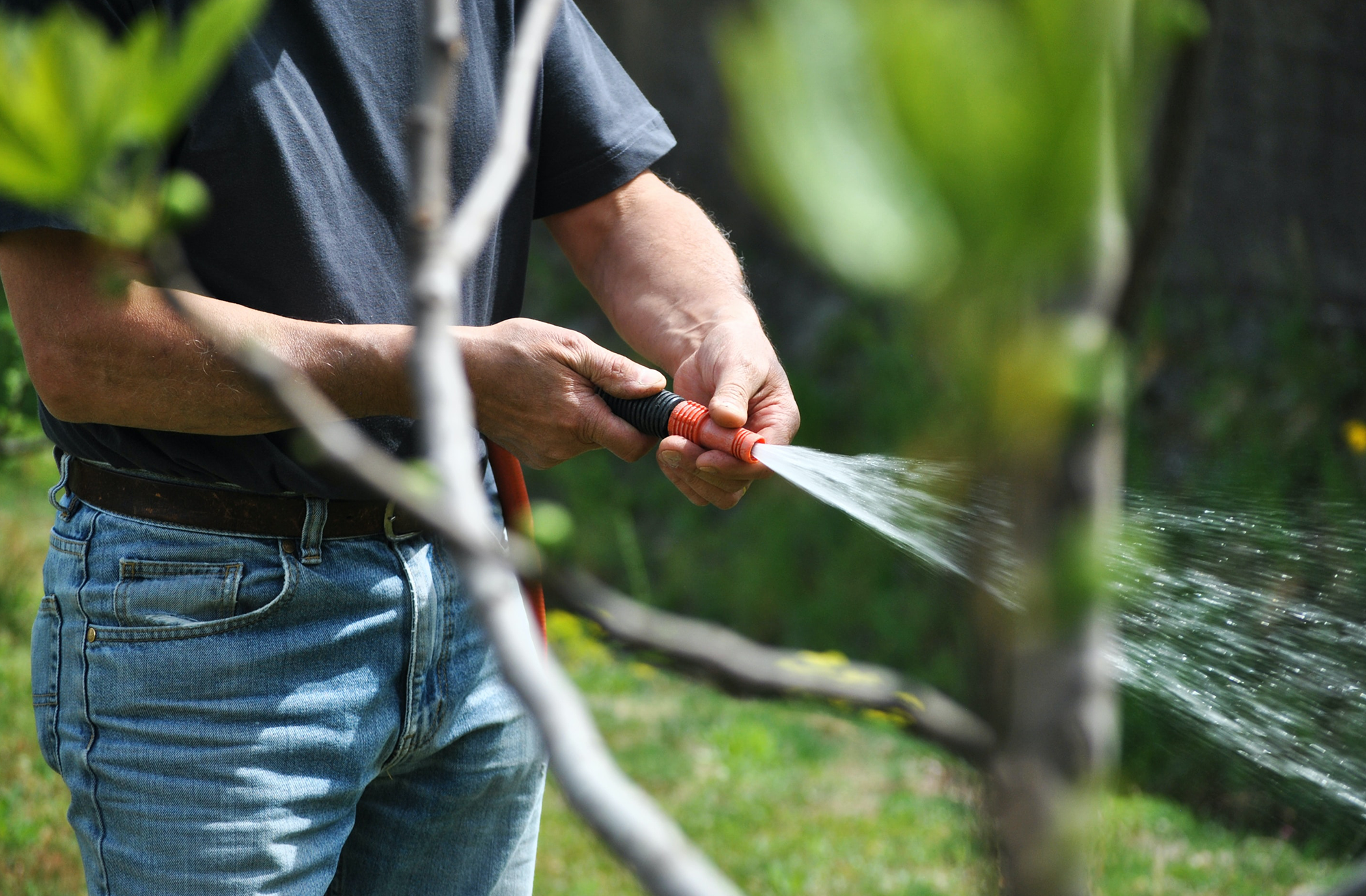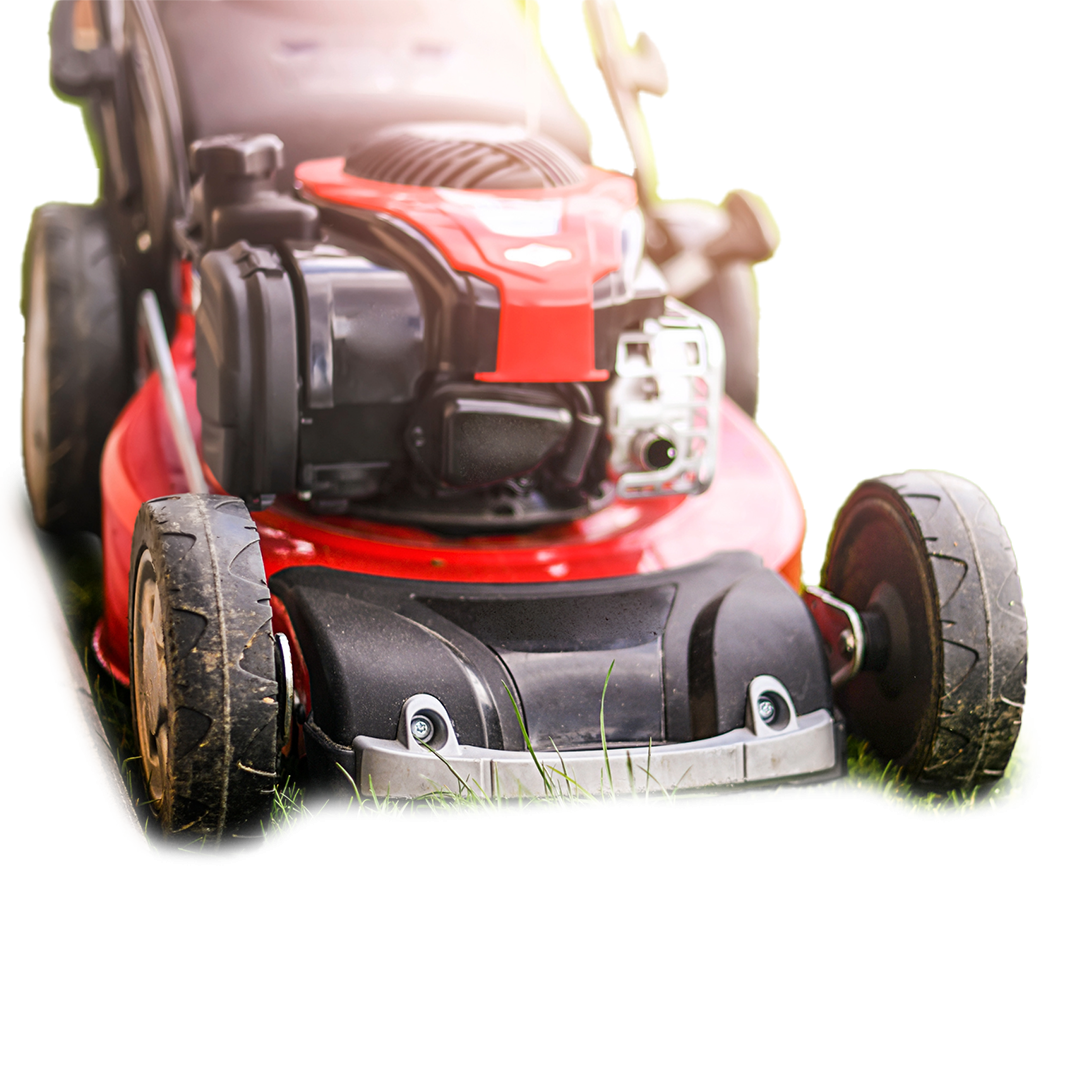
Lawn Care Tips
The Best Time of Day to Water Your Lawn and How Much Water It Needs.

The most common mistakes that homeowners make when watering their lawns are:
- Over-watering. This is the most common mistake, and it can have a big impact on your lawn’s health. When you over-water, you’re essentially drowning the roots of your grass and making them more susceptible to disease and insect damage.
- Under-watering. If you don’t give enough water to keep up with evaporation (which happens all summer long), then your grass will dry out quickly and turn brown or yellow from dehydration–not what you want!
Ideal Time of Day
The ideal time of day to water your lawn is early morning. This is because it’s cooler, and the dew will help the grass drink up the moisture. The next best time to water your lawn is after sunset – about an hour before dark when temperatures are cooler and there’s less evaporation from the ground surface.
Watering before sunrise isn’t recommended because it will evaporate before reaching your lawn blades (which means no moisture for them).
Recommended Amount of Water
The amount of water you need to apply will vary based on the type of grass you have, its condition and the weather. It’s important to note that this is a general guide only; adjust as needed for your specific situation. In Windsor-Essex, the most common types of grass are; Perennial Ryegrass, Fine Fescue, and Kentucky Bluegrass (KBG). These types of grass need typically 1″ of water per week. Too little water–the risk of the grass being dry and brown. Too much water–suffocates your grass and also stunts root growth which will be unable to withstand hot, dry summer weather.
Measuring Water
To know how much water your lawn needs, you must measure it. There are two ways to do this:
- Use a rain gauge. This is the easiest method, but it only works if you live in an area that gets a lot of rain. The gauge measures rainfall and keeps track of how much water has fallen over time so that you can see when it’s time for more watering or less watering based on how much rainfall there has been recently.
- Set up an irrigation system. If there isn’t enough rainfall where you live (or if it rains too much), then setting up an irrigation system will be necessary for keeping your lawn healthy and green!
Consequences of Overwatering
Overwatering your lawn can have serious consequences. The most obvious is water waste, which can lead to higher water bills and a very wet and mucky yard. Overwatering also depletes nutrients in the soil and can cause it to become compacted, leading to poor drainage and an increased risk of disease. In extreme cases, overwatering can even kill your grass entirely!
Signs of Under or Overwatering
- Dry soil: If you’re seeing dry patches in your lawn, it’s a sign that you need to water more often.
- Water standing on top of the ground after watering: If you find that water is pooling up at the bottom of your yard and not draining away, this means that your soil is too wet and needs some time to dry out.
Grass Types in Windsor, Ontario
There are several types of grass that you can choose from, each with its own benefits and drawbacks. The most common type in Windsor is Kentucky Bluegrass. This is a fine-textured grass that has an excellent ability to withstand wear and tear on the lawn due to its dense root system. It also has good drought tolerance, making it an ideal choice if you don’t have time or money for watering your lawn during summer months.
Kentucky Bluegrass needs frequent mowing (between 2-3 inches) to maintain its health.
Final Tips and Takeaways
- Consider the time of day and frequency of watering.
- The best time to water your lawn is early morning or late evening when temperatures are cooler and less evaporation occurs. If you must water during the heat of the day, try to do it in the shade as much as possible.
- Watering too often can cause runoff or erosion problems that lead to poor drainage and clogged drains–not good! Make sure you have an adequate drainage system in place before using any kind of irrigation system on your property; otherwise, you may find yourself with more problems than just dry grass!
Conclusion
Now that you know the best time of day to water your lawn, it’s important to keep in mind that there are other factors that can affect when you should be watering. For example, if there has been a lot of rain recently or if temperatures are cooler than usual, then you may need to increase or decrease how often you water.
If your lawn is still looking dry even after following these steps and using our tips on how often and when it should be watered in Windsor Ontario, contact us today! We would love to help out with any questions or concerns about watering your lawn.

